Blood orange pomegranate gin Daisy cocktail is a modern seasonal twist on a classic fancier style Daisy cocktail using in season blood oranges and homemade grenadine syrup from fresh pomegranates. I wanted to try making a Daisy after reading about Daisy cocktails in David Wondrich’s (2015: 126-132) Imbibe where he calls for ‘artisanal’ grenadine and references Hugo Ensslin’s (1917: 39) Recipes for mixed drinks. I went on a search for vintage Daisy recipes and I am very grateful to Tales of the Cocktail and Difford’s Guide for their listings of free vintage cocktail manuals that are to be found at EUVS Vintage cocktail books site. I found an interesting Spanish cocktail manual El Arte del cocktelero Europeo published in Madrid in 1912 and written by Ignacio Domenech (Domenech 1912: 98-99) with a recipe for a gin Daisy that called for fresh orange and lemon juice, gin and sugar syrup, rather than the more usual lemon and lime juice. The grenadine is also missing from this recipe – it is fresh style of Daisy using is season lemon and orange juice, gin, sugar syrup mixed with ice and topped with seltzer water. It is Domenech’s (1912) Daisy recipe that has inspired my recipe for a blood orange pomegranate gin Daisy cocktail because of the use of fresh orange juice as an ingredient. It is blood orange season here – the first ones have just appeared and they are amazing with such an interesting deep red and vibrant orange colours and sweet-tart flavour that really works with the idea of a sweet and sour drink such as the Daisy – they also really work well with the homemade grenadine I have at the moment. My first experiments with Daisy making involved using Ensslin’s (1917: 39) recipe as it appears in David Wondrich’s (2015: 131-132) Imbibe which is delicious especially with my homemade grenadine and then experimenting with adding blood orange juice and lime juice instead of the lemon and lime juice. For the blood orange pomegranate gin Daisy cocktail recipe I also replaced the sugar syrup with agave syrup for a lower sugar cocktail. El Arte del cocktelero Europeo written by Ignacio Domenech (1912: 98-99) is also very interesting as the method described for making the Daisy is quite different to that appearing in other manuals such as Ensslin’s (1917: 39) which build the drink in the glass – here a small punch bowl or mixing glass filled with ice is used to make the drink which is then decanted into a glass.
What is a Daisy cocktail? A brief history of the Daisy and related drinks, punch, sour, margarita
A Daisy is a drink using a spirit such as gin, whiskey, brandy or Santa Cruz rum, a souring element such as lemon or lime juice, sugar, often including orange liqueur and in later variations grenadine, and ice, that is mixed and served with crushed ice and topped with seltzer water and in later variations with an elaborate fruit garnish and straws (Wondrich 2015: 130-132). One of the key elements of a Daisy is the effervescence of the seltzer water that is added to lengthen it, other important components that make it unique are the use of cordials and syrups, crushed ice and the elaborate seasonal fruit garnish, along with the straws that are called for in later recipes. The Daisy is closely related to the Sour recipe with links to much older punch recipes (Wondrich 2015: 126). For more on the history of the sour recipe see my quince pickle brandy sour post. I’m really interested here in how the fancy style of Daisy from 1900’s could have variations such as Domenech’s (1912: 98) use of fresh fruit juice as an ingredient, rather than the more usual syrups. Wondrich (2015: 129) points out that the Daisy cocktail is closely related to the margarita (which means Daisy in Spanish) a tequila version of the Daisy. There are many modern variations on the Daisy using different base spirits and ingredients.
How to make a ‘fancy Daisy’ cocktail – Ensslin’s recipe with help from Imbibe
Ensslin (1917: 39) provides a recipe for Daisies using brandy, gin, rum or whiskey that calls for juice of ½ a lime, ¼ of a lemon, 1 teaspoonful of powdered sugar, 2 dashes grenadine, 2 dashes carbonated water. On the method of making a daisy and how to present it Ensslin (1917: 39) writes:
“Use silver mug, put in above ingredients, fill up with fine ice, stir until mug is frosted, decorate with fruit and sprays of fresh mint and serve with straws.”
David Wondrich (2015: 131-2) offers helpful interpretation of Ensslin’s recipe indicating that the measure for the base spirit should be 2 oz. or 2 shots. It is interesting that Ensslin’s (1917: 39) recipe is built in the silver mug rather than shaken or stirred and then strained. Wondrich (2015: 131) describes this style of Daisy as a ‘fancy Daisy’.
How to make a fresh fruit juice Daisy cocktail – Ignacio Domenech’s recipe
Domenech’s (1912: 98-99) recipes for ‘Daisyes’ using brandy, gin, ginger, rhum and whisky are written in Spanish. They all use the same formula that is provided for the brandy daisy with the exception that the ginger daisy uses ginger ale instead of seltzer water. Domenech (1912: 98-99) writes of the brandy daisy (the gin version is the same except the brandy is replaced with gin):
“En una pequena ponchera o jarrita de cristal , se echa, una buena cucharada de hielo picado; el jugo de medio limon; dos cucharadas de las de café, de jarabe de azucar; una cucharada de jugo de naranja; una copa de conac. Se agita bien, y se pasa una copa, alta fina, ilenando con escha agua de Seltz.”
Method: small punch bowl or mixing glass – The method for these ‘Daisyes’ is interesting because rather than shaking and straining as with Jerry Thomas’ ‘original Daisy’ recipe provided by David Wondrich (2015: 130) or building in a silver mug with ice as with Ensslin’s ‘fancy Daisy’ recipe also provided by Wondrich (2015: 1331-2) Domenech’s (1912: 98) calls for ‘una pequena ponchera’ which translates as ‘a small punch bowl’ or a ‘jarrita de cristal, se echa’, ‘glass jar’, a mixing glass, which is filled with crushed ice and the drink ingredients, except the seltzer water, and then stirred well, with the finished drink to be decanted into ‘una copa alta, fina’ or ‘a thin tall cup’. This use of the small punch bowl is especially interesting given the connection of sours and the related family of Daisies to the much older recipes for punch that included sour, sweet, strong, weak and spice prepared in a punch bowl. I do wonder if the method of preparing the Daisy in a small punch bowl is related to this history of the sour and related Daisy families of drinks with roots in much older punch recipes traditionally prepared in a punch bowl rather than in a mixing glass or shaker?
Ingredients: fresh fruit juice – The ingredients were also very interesting to me as Domenech (1912: 98) calls for fresh juice from half a lemon and 1 spoonful of fresh orange juice to be mixed with ‘una copa’, or a measure of gin – which following Wondrich (2015) I have taken to be 2 oz. or 2 shots – 2 teaspoonfuls of sugar syrup and ice. Once decanted into the ‘thin tall cup’ the drink is to be topped with seltzer water. The interesting thing for me is that the grenadine typical of Daisy recipes from this later time period Domenech is writing in 1912 is missing from this recipe which instead relies on fresh lemon and orange juice as a flavouring for the base spirit. Inspired by this idea of a fresh Daisy I used a mix of blood orange and lime juice in my blood orange pomegranate gin Daisy cocktail, along with a bespoke homemade grenadine that extends the life of fresh in season pomegranates.
How is the blood orange pomegranate gin Daisy cocktail different?
The blood orange pomegranate gin Daisy cocktail uses local and fresh seasonal ingredients including fresh blood orange and lime juice, homemade grenadine from fresh pomegranates, homemade pomegranate molasses and rose water and a base of Maria River gin infused with Australian botanicals including finger lime and strawberry gum.
Maria River Distillery gin paired with blood orange, lime, pomegranate, rose – The blood orange pomegranate gin Daisy cocktail uses Maria River Distillery gin which is a local Australian small batch gin that is infused with Australian botanicals including finger lime and strawberry gum. These flavours work wonderfully with the tart-sweet flavours of blood orange and lime juice and are complemented by the tart and delicate flavour of the homemade grenadine with fresh pomegranate juice, complex sugars from homemade pomegranate molasses and floral note from rose water.
Fresh blood orange and lime juice – The use of fresh juice to flavour the cocktail is inspired by Ignacio Domenech’s (1912: 98-99) recipe where grenadine syrup is not used but fresh orange juice is included. This blood orange pomegranate gin Daisy cocktail also changes the ratio of fresh juices. In Domenech’s (1912: 98-99) recipe there is the juice of half a lemon with a spoonful of orange juice, whereas in this blood orange twist I have increased the orange juice to the juice of a small blood orange and a quarter of a lime – as the blood orange juice already has a tart-sour note I’ve used less lime. I have added homemade grenadine made from fresh pomegranates. Using fresh blood orange and lime juice and a bespoke homemade grenadine from hand pressed fresh in season pomegranates seems in the spirit of Domenech’s recipe for a fresh fruit Daisy.
Homemade bespoke grenadine, agave syrup for a flavourful, lower sugar cocktail – In this blood orange pomegranate gin Daisy cocktail I’ve used a bespoke homemade grenadine hand pressed from fresh in season pomegranates, homemade pomegranate molasses and rose water which uses a small amount of low GI cane sugar as a sweetener allowing the pomegranate juice flavour to shine. Inspiration for using this homemade grenadine is from David Wondrich (2015: 132) who calls for an ‘artisanal’ grenadine for use in the fancy Daisy recipe. The additional sweetener in the blood orange pomegranate gin Daisy cocktail is agave syrup allowing for a lower GI cocktail overall.
How to make a blood orange pomegranate gin Daisy cocktail
I have followed one of Domenech’s (1912: 98-99) suggestions and used a mixing glass to stir this cocktail with ice – all the ingredients except the seltzer water are added to the mixing glass – fresh blood orange and lime juice, homemade grenadine syrup, agave syrup, gin, ice. The drink is then stirred well and strained into a fancy wine glass full of crushed ice, topped with seltzer water and garnished with slices of blood orange, fresh strawberries, mint sprigs and reusable glass straws. There is some advance preparation needed to make the homemade grenadine. I have provided a recipe and detailed tips to make juicing and preserving pomegranates easy and fun – and it really is so worthwhile as you can use this very flavoursome homemade grenadine syrup in a range of different cocktails and desserts such as the Harry’s pick me up cocktail.
Styling and photography for the blood orange pomegranate gin Daisy cocktail
Domenech (1912) calls for a thin tall cup to serve his fresh fruit Daisy although Wondrich (2015) indicates that it was more usual for a Daisy of this era 1912 to be served in a silver mug with ice and straws. Domenech (1912) does not specify the way this drink is to be garnished so I have styled it in a similar manner to an older style Daisy presented in a fancy wine glass poured over crushed ice, but with the newer style fancy fruit garnish of blood orange, strawberries and mint with straws. This presentation using an older style fancy wine glass but with the fancy Daisy garnish, ice and straws has the advantage of allowing the drink to be seen – it has the most amazing red colour from the blood orange juice and homemade grenadine – which really would be a shame to miss out on inside a silver mug.
Blood orange pomegranate gin Daisy cocktail
Print RecipeIngredients
- Freshly squeezed juice from 1 small blood orange (or half a medium blood orange)
- Freshly squeezed juice from ¼ of a lime
- 2 shots gin, I used Maria River
- ½ shot seltzer water, or carbonated water
- 4 bar spoons homemade grenadine syrup
- A bar spoon agave syrup
- Handful of ice cubes to mix the drink
- Crushed ice to serve
- Fresh mint leaves, blood orange slices, strawberries for garnish
Instructions
Add blood orange and lime juice, gin, grenadine syrup and agave syrup to a mixing glass with ice
Stir well with a long handled bar spoon to cool and mix the cocktail
Prepare your fancy wine glass by filling with crushed ice
Strain into a prepared fancy wine glass
Top with seltzer water or carbonated water
Garnish with fresh blood orange slices, strawberries and mint, spank or clap the mint between your palms before adding it to the drink to release the oils
Notes
Recommended books
David Wondrich (2015). Imbibe. Perigree: New York.
Vintage cocktail manuals referred to here: Domenech, Ensslin
Ignacio Domenech (1912). El Arte del cocktelero Europeo. Segunda edicion. Imprenta Helenica: Madrid. Appearing on EUVS Vintage cocktail books.
Hugo R. Ensslin (1917). Recipes for mixed drinks. Second edition. L.C. Wallick Hotels: Columbus, New York, Toledo. Appearing on EUVS Vintage cocktail books.
Free vintage cocktail manuals listings and collections online
Jodi Cash (2016). 5 free online resources for vintage cocktail literature. In Tales of the cocktail.
Simon Difford (2019). Vintage cocktail books a timeline. In Difford’s Guide.
Online gin daisy cocktail recipes
Imbibe (2009). Daisy cocktail. In Imbibe.
Australian bartender (2016). Whiskey Daisy cocktail. In Australian bartender.
History of Daisy cocktail recipes
Jane Ryan (2017). Daisies: Your favourite cocktail family. In Drink up London.
Wendy Rose Gould (2017). Jennifer Colliau schools us on cocktail history, the Daisy and more. In Tales of the cocktail.
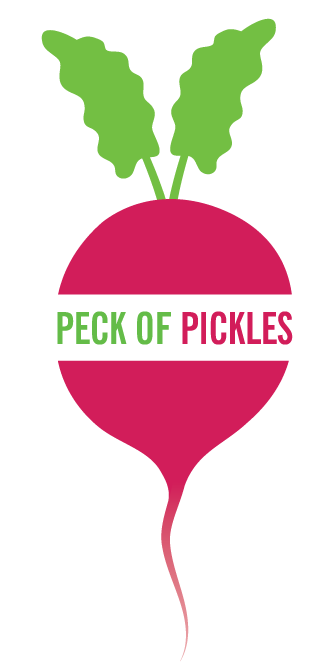
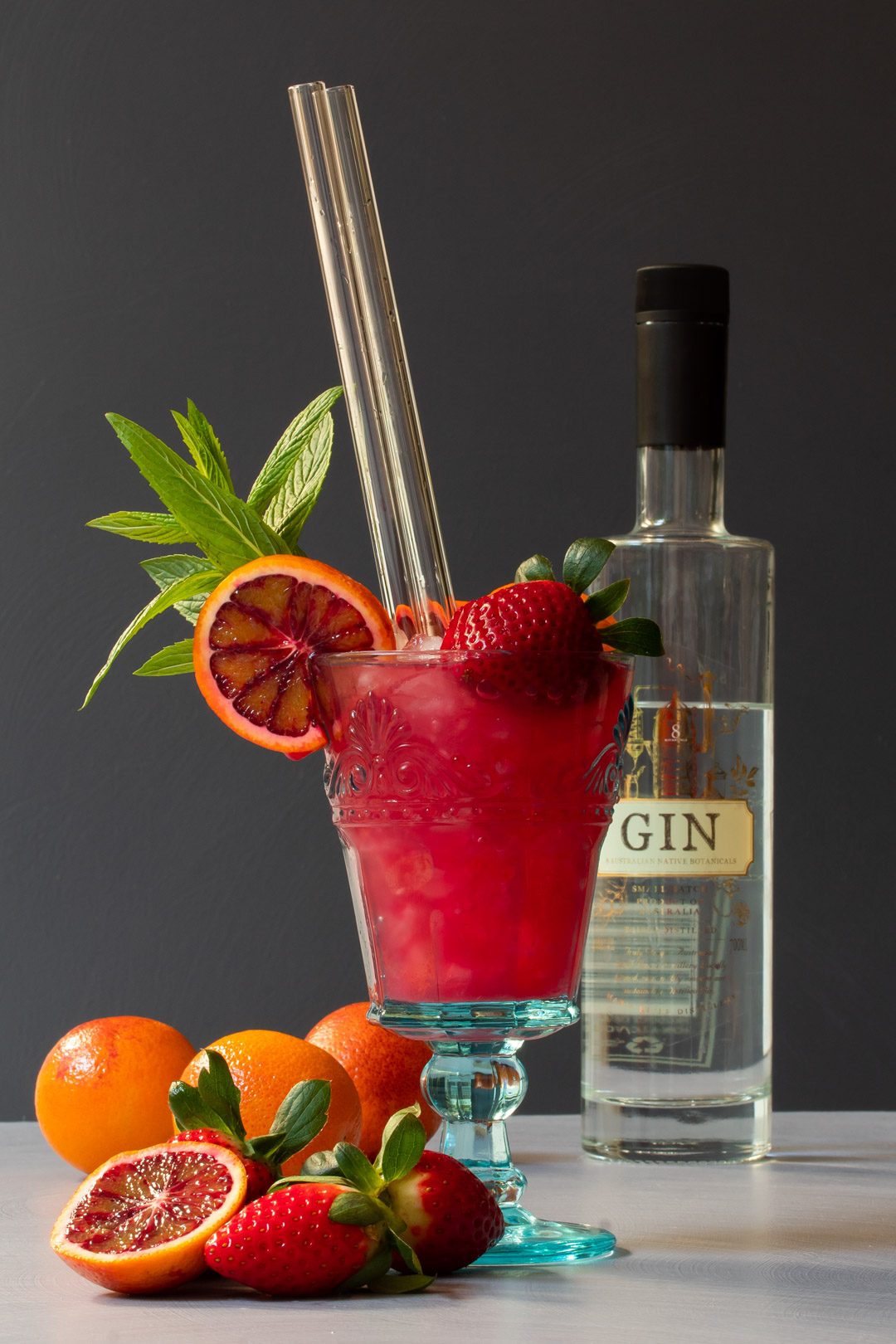
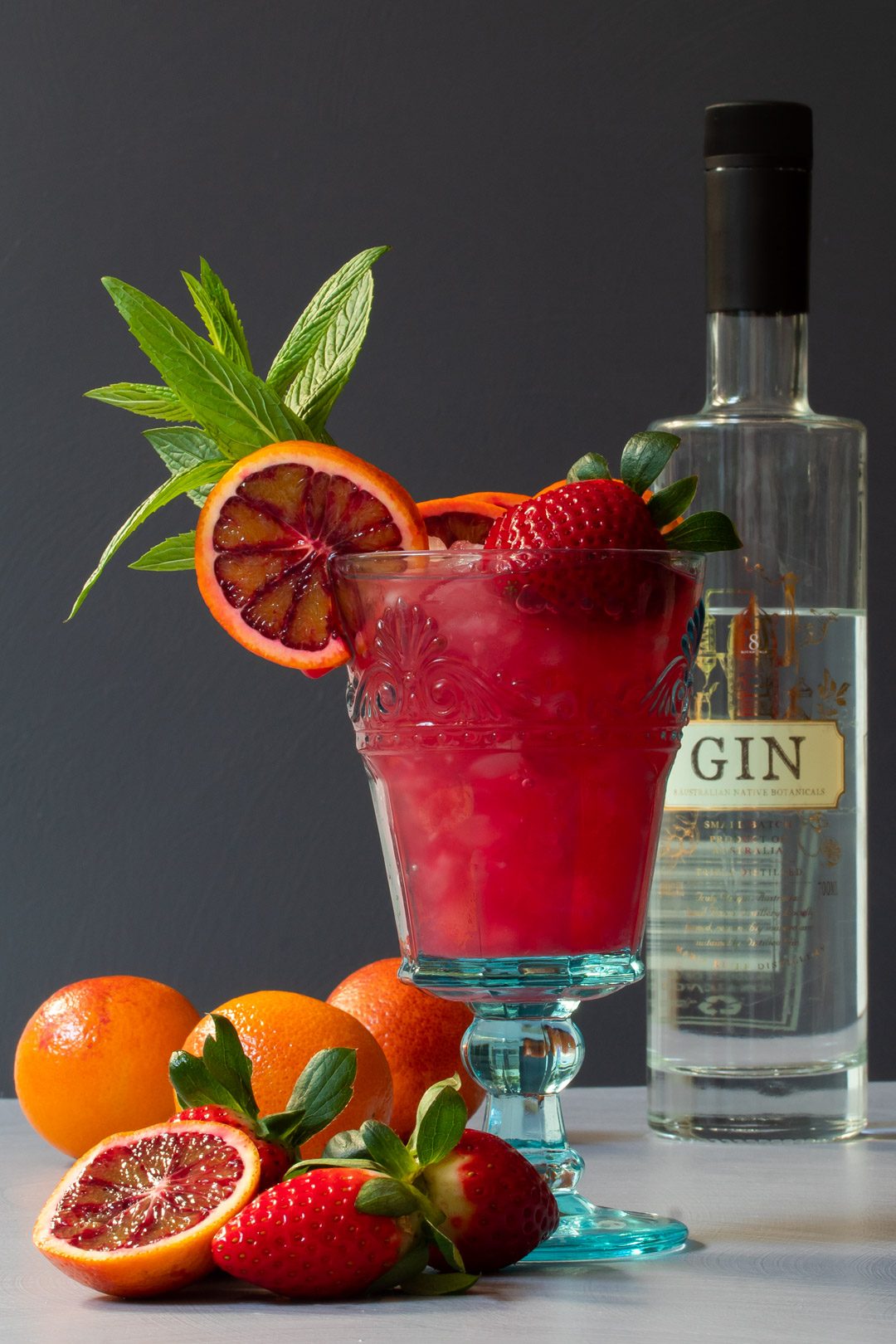
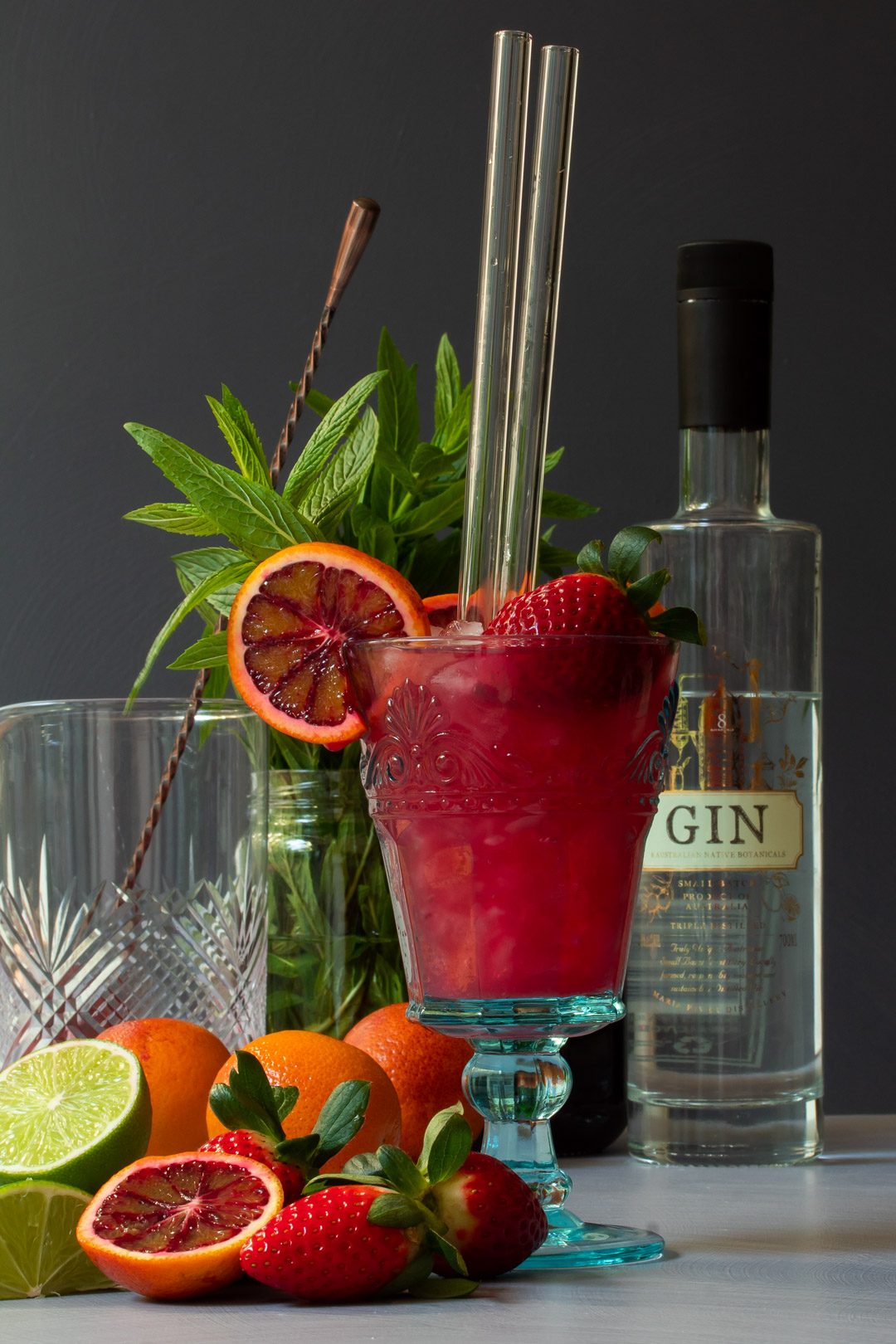
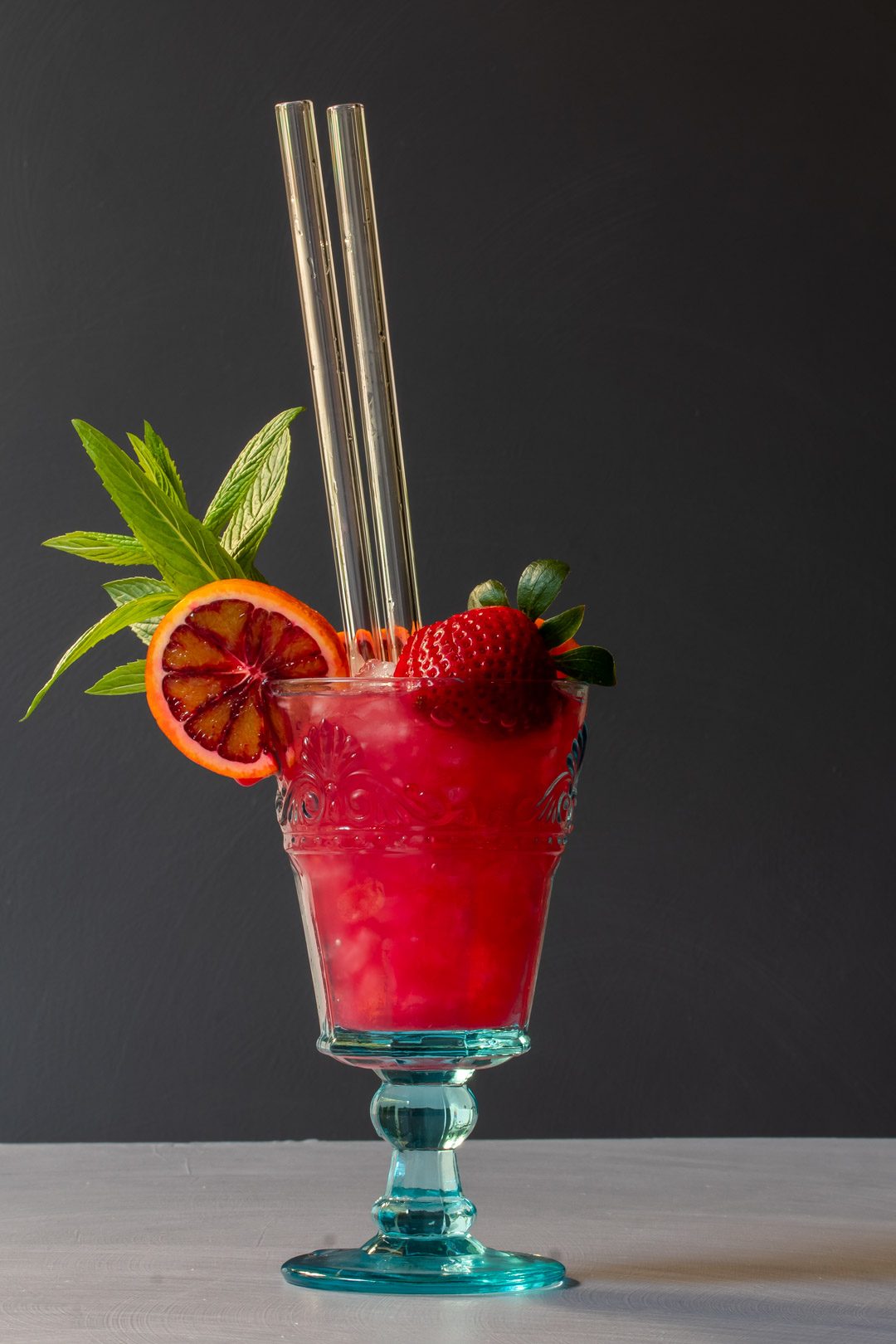
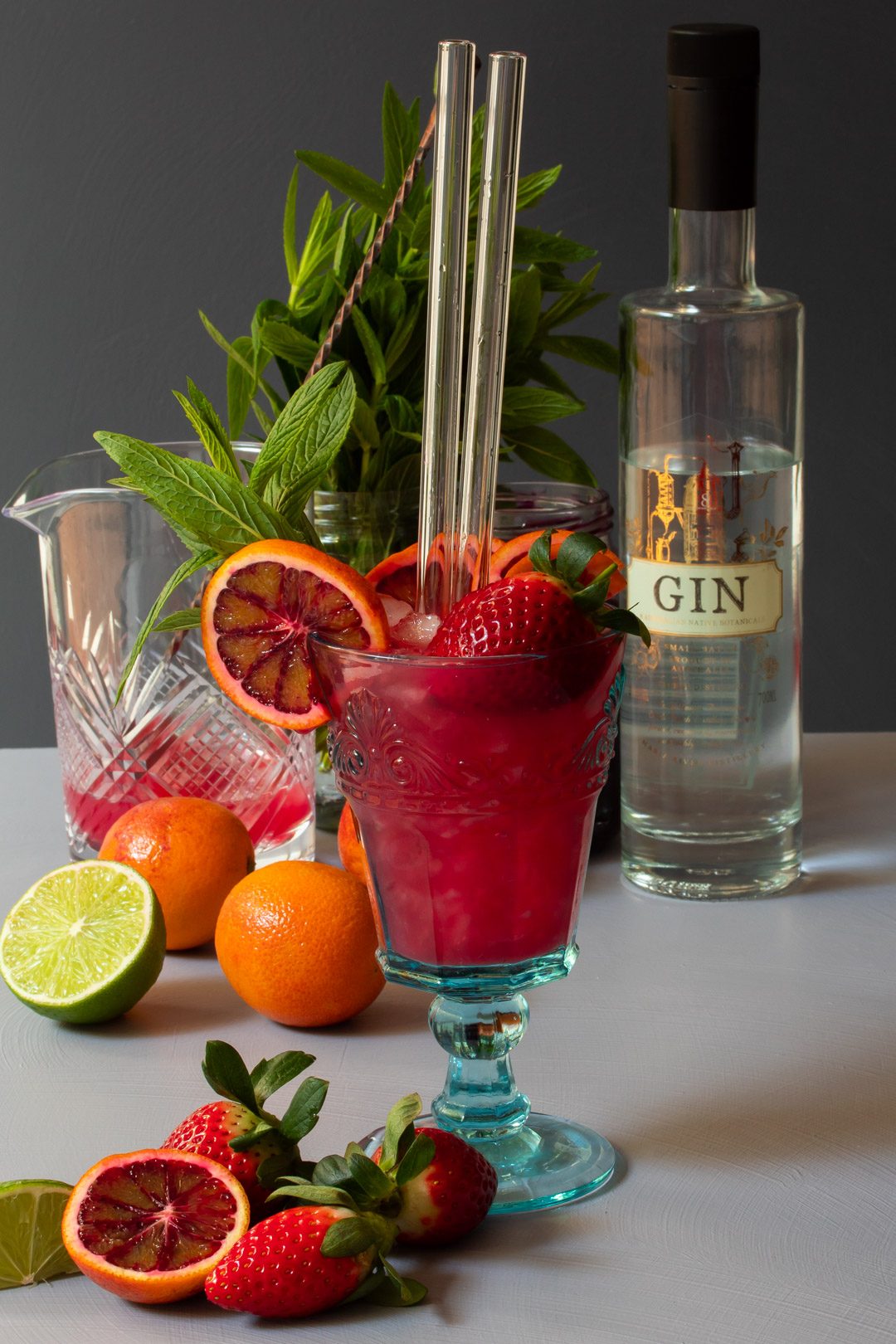
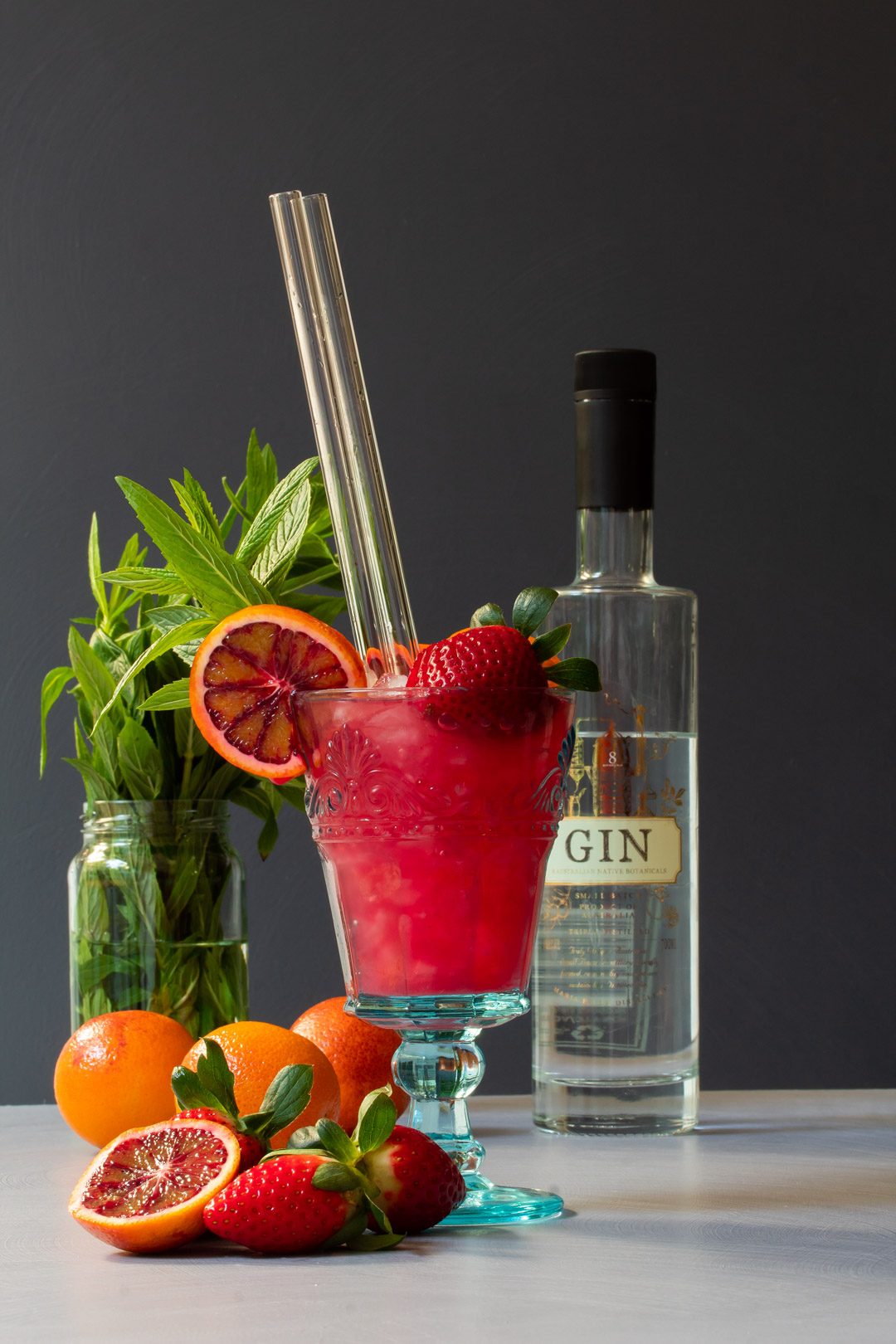
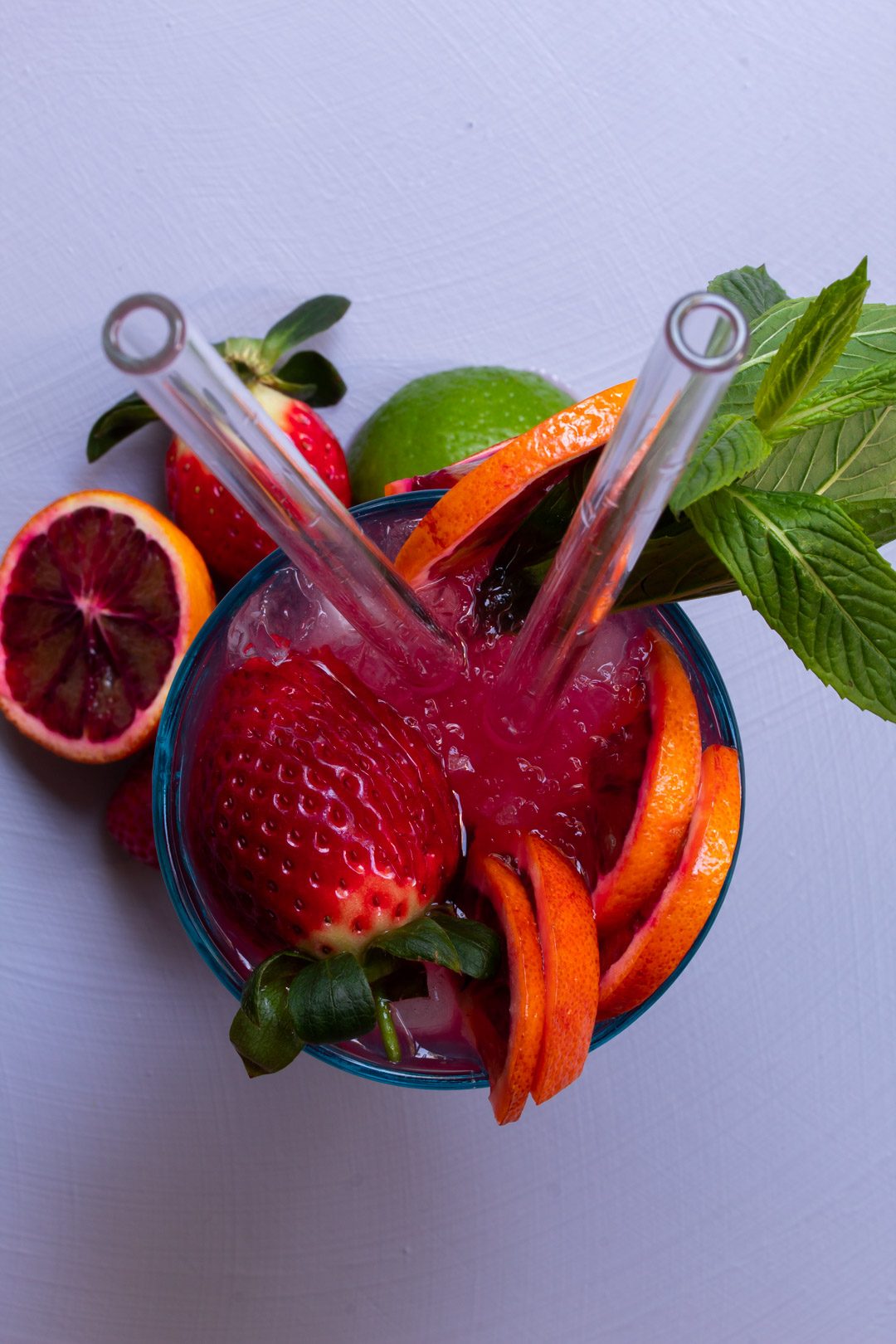
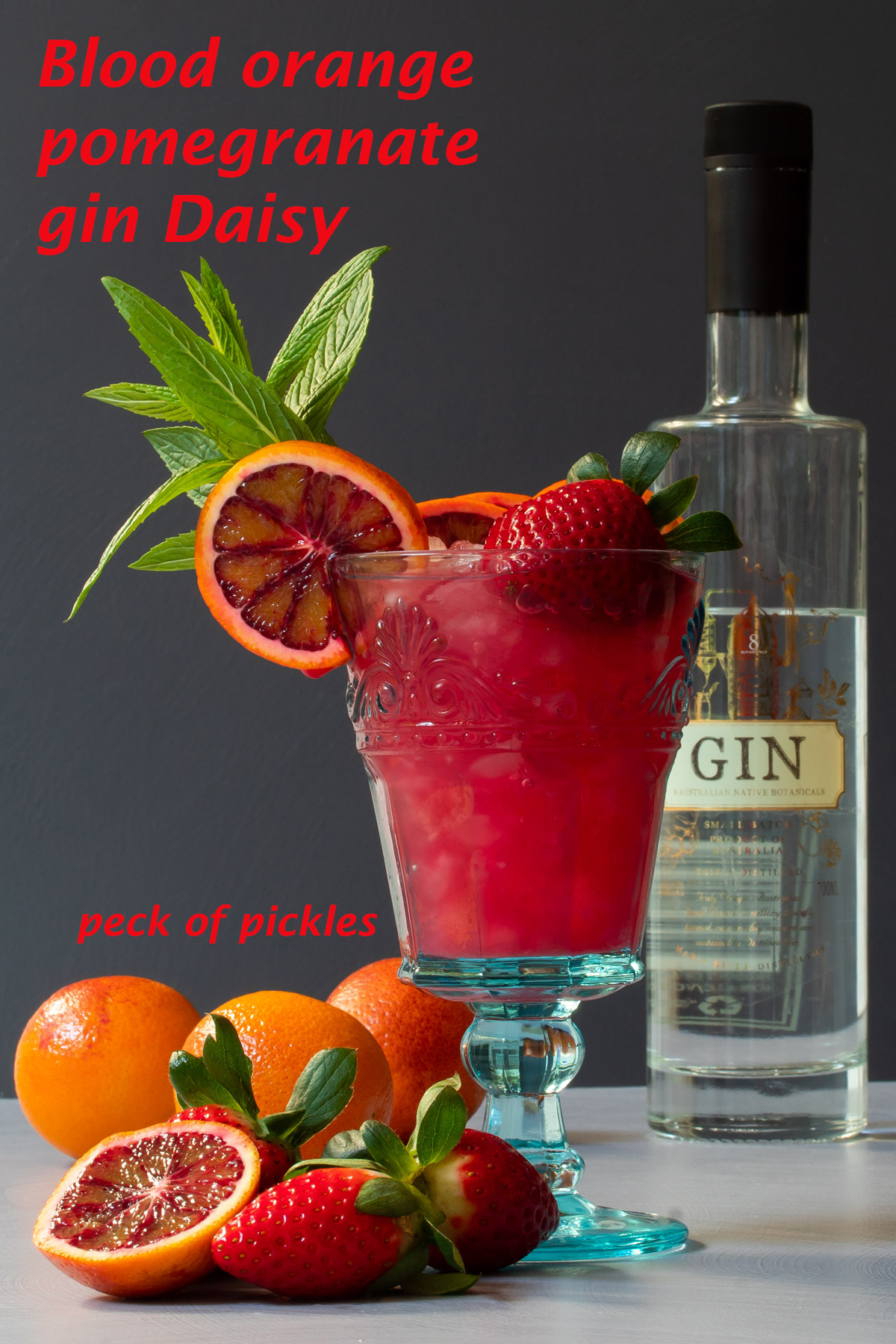
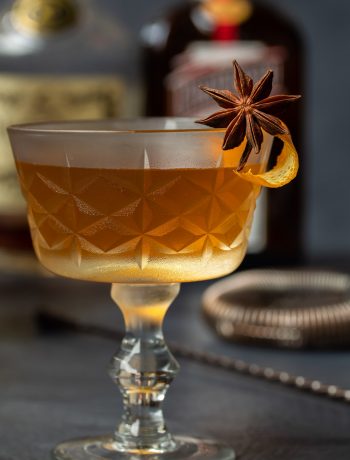
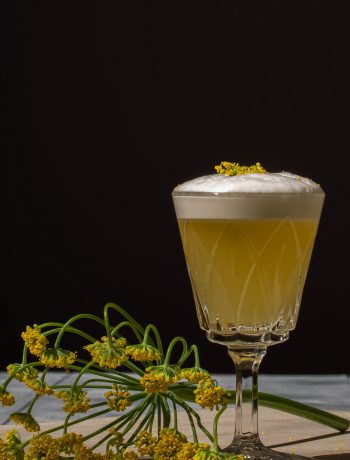
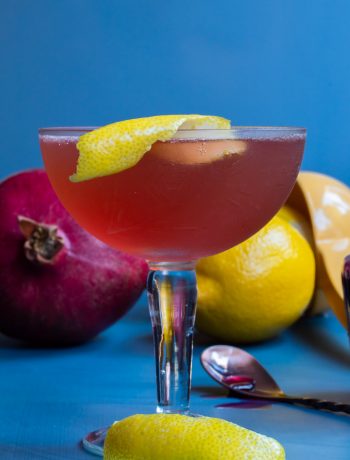
No Comments